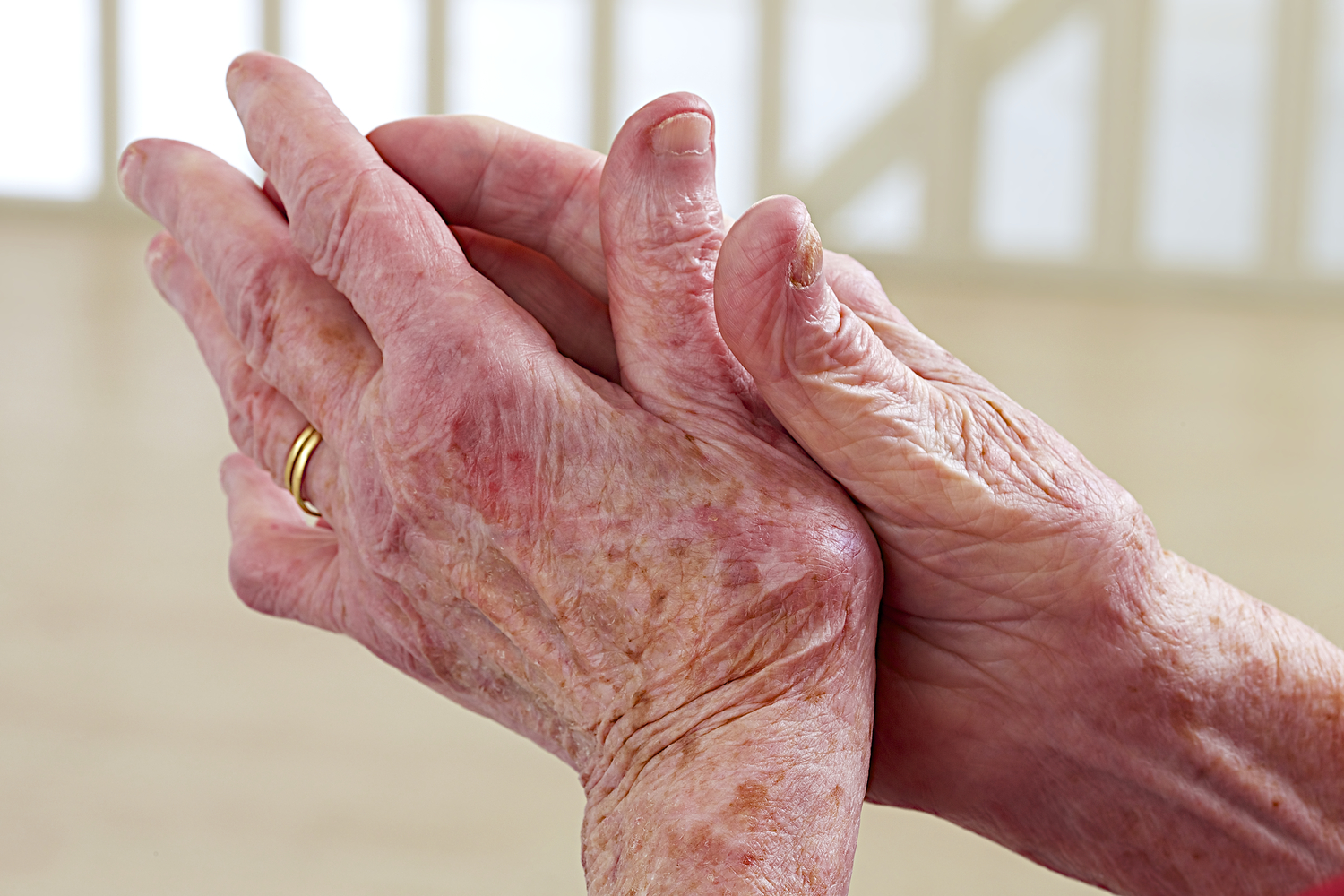
Common Signs of Lupus
Studies show that about 1.5 million people in the U.S. have lupus, which occurs when your body’s immune system attacks your tissues and organs. Although the exact cause of the autoimmune disease isn’t yet known, scientists attribute it to a combination of genetic and environmental factors such as cigarette smoke and UV light exposure. Risk factors like age and gender increase your susceptibility to lupus. The warning signs of lupus include the following:
1. Joint pain and swelling
The disease causes inflammation leading to stiffness and visible swelling, especially in the morning. This may, however, be mild in the initial stages but become severe with time. Joint pain and swelling may interfere with everyday activities and mobility. The good news is that there are medications that can mitigate the effects. But they should be prescribed by the doctor since most OTC drugs are not helpful.
2. Butterfly-shaped rash on the face
A butterfly-shaped rash on the face may appear on the bridge of the nose on both cheeks. In most circumstances, it occurs when the skin reacts to damage from UV light exposure or before a lupus flare-up occurs. Skin lesions may appear suddenly and become itchy and painful. The rash may be smooth or cause a bumpy texture on your face. Wearing sunscreen all year round and avoiding the sun during the hot months is recommended for lupus patients.
3. Fingers and toes that turn white or blue
Most lupus patients have fingers and toes that turn white or blue due to reduced blood flow to these extremities, hence the discoloration. Blood flow restriction results from inflammation of the nerves and narrowing of the blood vessels. As a result, patients often experience cold fingers and toes. The discoloration may also appear in other parts of the body as well. However, it may not be easy to notice, depending on skin pigmentation.
4. Chest pain and shortness of breath
Lupus causes chest pain and shortness of breath in most patients. The disease often leads to inflammation of the heart or the sac surrounding the heart. As a result, sharp pains and constriction of the chest may occur. The pain often worsens with deep breaths, causing shortness of breath.
5. Hair thinning and hair loss
Hair thinning and hair loss is among the initial symptoms of lupus. The condition may cause sores on the scalp, leading to permanent hair loss. In addition, the disease may cause the hairline to become fragile and break off easily, leaving a ragged appearance. Hair thinning may also be a side effect of some medications used to treat lupus. If this is the cause, talk to your physician, and ask them to advise other medications for managing the illness and protecting your hair.
6. Light sensitivity
Lupus patients often experience unusual light sensitivity. While exposure to ultraviolet rays leads to cell damage over time, the cells are more affected in lupus sufferers. As a result, the body is more sensitive to light. Sunlight exposure also increases the odds of an immune attack that triggers other conditions, such as eczema. Avoiding sun exposure is recommended for lupus management.



